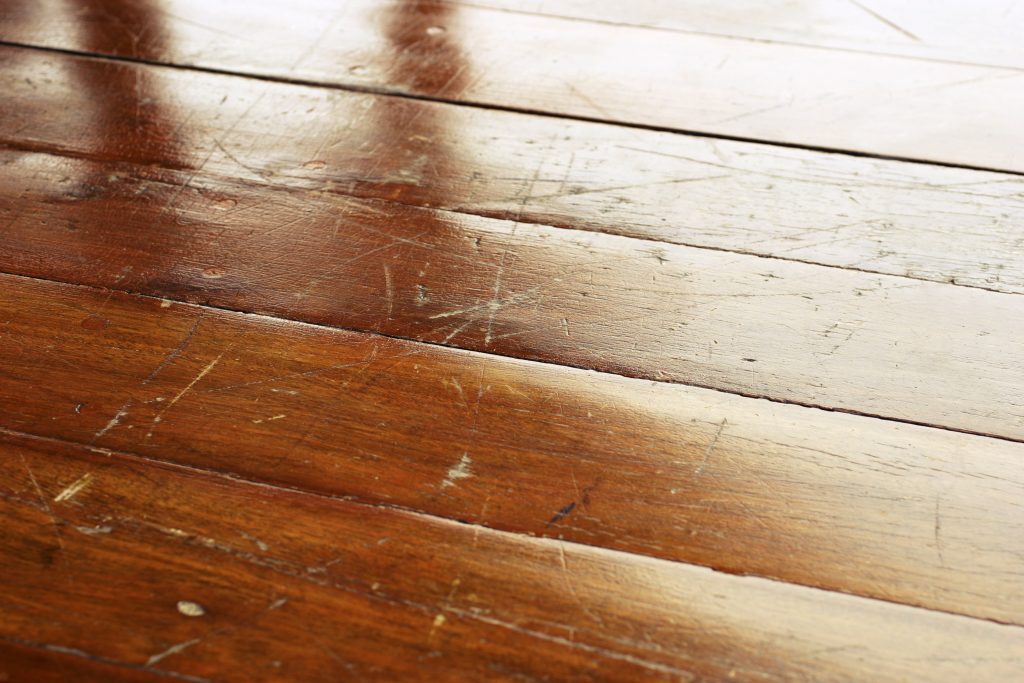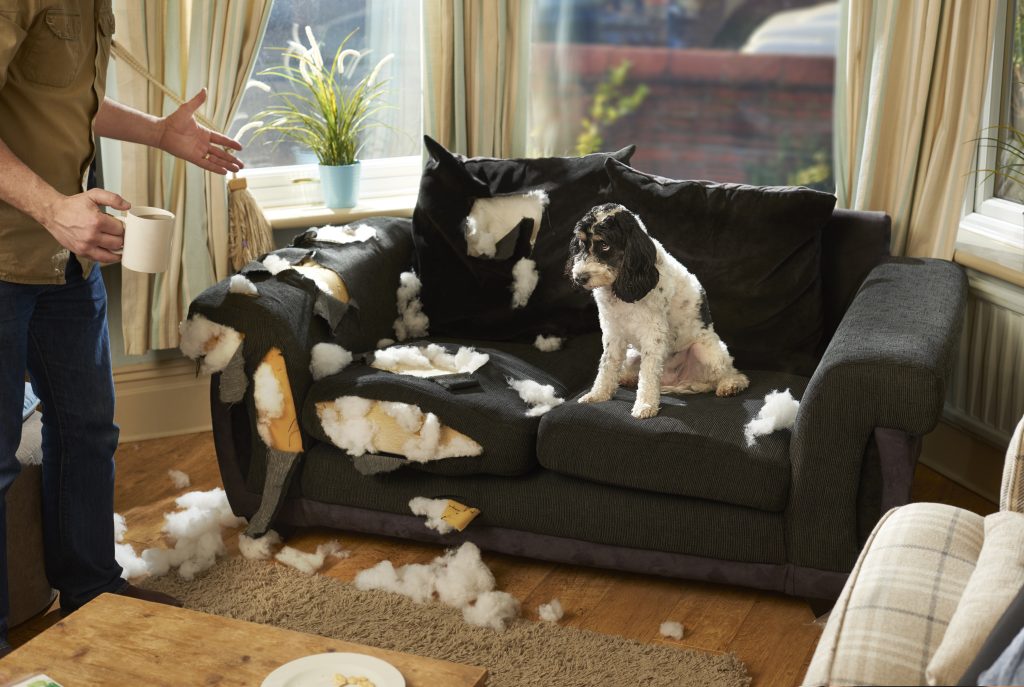It’s a common situation that leads to a dispute. A tenant moves out and the owner gets upset at what they consider damage to their property. They decide to withhold or take from the bond. This angers the tenant who believes the damage is simply ‘reasonable wear and tear’.
Disagreements often arise when contracts contain vague terms like ‘reasonable wear and tear’, which can be subjective. In Australia, tenants are not responsible for paying for reasonable wear and tear to a property unless the tenancy agreement states otherwise. The tenant is only liable to pay for damages if they have been negligent, irresponsible or intentionally caused the damage to the property.
How to Distinguish Between Wear and Tear and Damage
Reasonable wear and tear refers to the normal deterioration of a property from every day, ordinary use. Exposure to the elements, the passage of time and day-to-day use of property features can contribute to this wear and tear. For example, the staining or painting on a wooden deck fading over time from foot traffic and weather.
Damage on the other hand is caused by wilful or accidental misuse. For example, breaking a window or walking across tin roofing and denting or warping it. While real estate laws vary depending on the state or territory you reside in, the concept of reasonable wear and tear and how it is defined is broadly accepted across the nation.
Examples of Wear and Tear
Other examples of reasonable wear and tear include:
● Traffic marks on the carpet and minor furniture indentations
● Scuffed wooden floors
● Chipped, cracked or faded paint
● Worn kitchen bench
● Cracks in the wall from movement
● Worn paint near the light switch
● Loose hinges on doors or windows
● Worn sliding tracks and loose door handles
● Water stains on carpet due to bad plumbing or a leaky roof

Examples of Damage
Some examples of damage where the tenant is likely to be held liable for damage include:
● Damage caused by pets, e.g. curtains scratched or torn by a cat
● Stains or burn marks on the carpet
● Gouged or badly scratched wooden floors
● Smashed or cracked bathroom mirror or windows
● Broken toilet seat
● Damaged or missing door handles or locks
● Unapproved or bad paint jobs
● Holes in walls from nails, picture hooks or shelves
● Paint damage from blu-tack or tape
● Water stains on carpet resulting from indoor plants or an overflowing bath

Settling Disputes
The key to settling disputes about whether damage was caused by a tenant is through detailed rental condition reports, which should be completed at the start of the tenancy. It’s a good idea to have lots of photos or even video along with detailed descriptions.
Properly completed and signed condition reports are in the best interests of both landlords and tenants. Landlords should also ensure regular inspections are carried out, allowing you to keep track of wear and tear and complete preventative maintenance and repairs when necessary.
If you need more advice about wear and tear for rentals or property investment in general in Geelong, contact the experienced team at Hayeswinckle.
